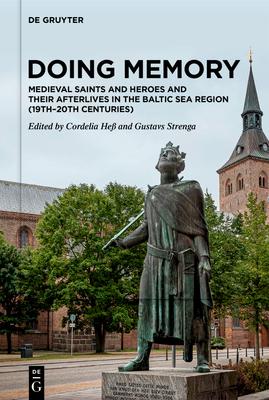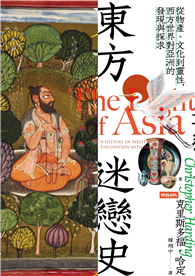This anthology is about the representations and uses of medieval saints, heroes, and heroic events as elements of popular, local, and national culture during the 19th and 20th centuries in the Baltic Sea region: Scandinavia, Finland, Baltic countries, Northern Germany and North-Western Russia. Authors examine the processes of how medieval saints and heroes have been remembered, commemorated, interpreted, used, and reflected during modernity, and by whom. The focus of the anthology is on "doing" memory as a practice that commemorated the past and shaped spaces and identities in the present. It approaches the memory of saints and heroes, for example, Swedish Saints Birgitta and Eric, Danish Saint Knud, Kyivan Princess Olga, Swedish military leader in Finland Tyrgils Knutsson, Liv/Latvian warrior Imanta and Holsatian count Gerhard III as a shared heritage and as part of national, local and popular culture. The anthology contributes to the understanding of the Baltic Sea region through the study of saints, cults and heroic representations in the longue durée between the Middle Ages and modernity. It also adds nuance to the use of popular concepts of memory studies, particularly an update of Pierre Nora’s lieux de mémoire.










